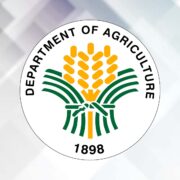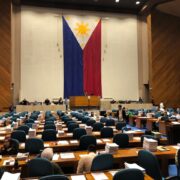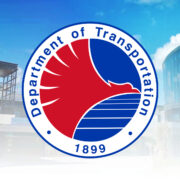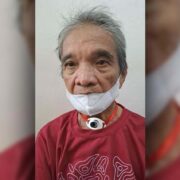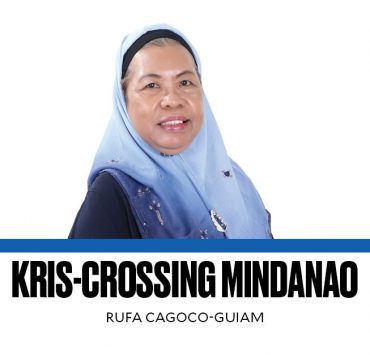DBM can stop corruption in government spending

It’s becoming a concern that there is no political will to stop corruption on its tracks before it does harm. Repeatedly, corruption eats up and wastes government resources which, by World Bank estimates, amount to 20 percent of the National Expenditure Program. And the government knowingly spends way beyond its expected revenues, bloating total debt.
We need not be reminded that our debt has taken a quantum leap from P6 trillion in 2016 to an estimate of P16 trillion by the end of September, increasing by more than P1 trillion a year. Given this trend, our debt could reach P25 trillion in another decade or roughly P200,000 on each Filipino’s head. Many would be lucky to have crumbs on the table should that ever happen.
Is this gloomy situation possible, or is it avoidable?
With political resolve, we believe the financial bleeding due to corruption can be stopped. We can start by setting internal controls over the 2025 budget totaling P6.3 trillion.
On the frontline of the government spending process is the Department of Budget and Management, or DBM. Before any spending transaction can take place, the DBM dispenses the authority to release the fund. It starts with the special allotment release order that authorizes a particular office to enter into obligations and contracts. Then follows the notice of cash allocations that authorizes the release of funds from the treasury department. Nothing starts without these two important documents. It would be worth the DBM’s time to focus on controlling the process. We respectfully suggest that DBM makes erring officials directly accountable.
Most of us are familiar with the three important internal control points in a budget transaction: procurement, delivery and inspection, and disbursement. Procurement involves a system which ensures that requests to procure materials and services have budget provisions, and that proper canvassing among accredited suppliers is done before awarding the purchase order (PO) to the chosen supplier. An accountable official signs the approval.
The process involving delivery and inspection makes sure that the delivered items have met all the specifications in the PO. A receiving report (RR) is then issued. An accountable official signs the approval.
In disbursement, the RR becomes the documentary basis for the payment. If all is in order, the check voucher is prepared and forwarded to the treasury for the check issuance. An accountable official signs the approval.
The transaction as processed at each control point is the sole responsibility of the approving official. The DBM need not wait to see the post-audit findings of the Commission on Audit to confirm deficiencies or to discipline the erring official. Immediate action can be taken through its internal audit function, which monitors compliance at each control point. Saving half of what is lost through corruption right from the start can lead to a substantial financial recovery for the country.
Marvel K. Tan,
marvelktan@yahoo.com


